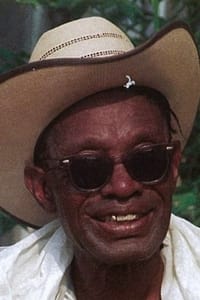The Blues Accordin' to Lightnin' Hopkins
Genres
DocumentaryMusic
OverView
Les Blank's portrait of the great Texas bluesman, 'Lightnin' Hopkins. The film includes interviews and a performance by Hopkins. Preserved by the Academy Film Archive in 2002.
Others
Budget
$--
Revenue
$--
Status
Released
Original Language
English
Runtime
31 mins
Rating
7.8/10
Release Date
20 December 1968
Country
United States of America


